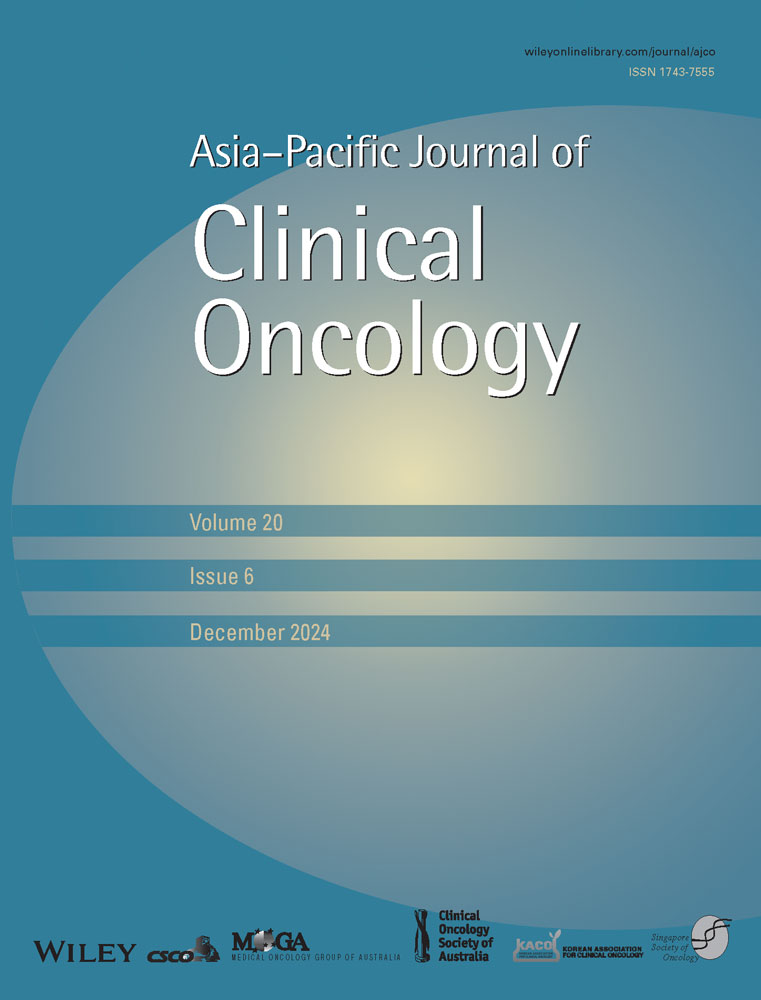Adherence to guidelines in curative treatment of venous thromboembolism in cancer patients: Insights from a retrospective Tunisian study
Abstract
Aim
To describe the management and treatment practices of venous thromboembolism (VTE) in cancer patients, assess compliance with the 2023 European Society for Medical Oncology recommendations, and identify factors that may limit or influence their application.
Methods
We conducted, in a Tunisian center, a retrospective study that included patients treated for cancer or hematologic malignancies and diagnosed with deep vein thrombosis (DVT) and/or pulmonary embolism between January 1, 2022, and August 1, 2023.
Results
The study involved 90 patients. DVTs were significantly predominant (81.1%). VTE mostly occurred within 3 months of the cancer diagnosis (41.1%). All patients received anticoagulant treatment. The most frequently prescribed class of anticoagulants was direct oral anticoagulants (42.2%), followed by low molecular weight heparin (36.7%), and finally vitamin K antagonists (21.1%). Financial constraints and/or refusal of social security to provide the treatment were the main cause for changes in the anticoagulant therapy (16.7%). Deaths (25.5%) and repermeabilization of the initially thrombosed venous network on imaging (11.1%) were the two primary reasons for treatment discontinuation. Bleeding complication was the cause of treatment modification or discontinuation in 7.7% and 5.5% of patients, respectively. Overall, guidelines were fully followed in 49 patients (54.4%) concerning the choice of pharmacological class, dose and duration of treatment. Financial constraints experienced by patients were significantly and independently associated with lower adherence to recommendations (p = 0.032).
Conclusion
Adherence to guidelines is insufficient. Measures must be implemented to enhance the management of VTE and to develop strategies for improving access to anticoagulants.
CONFLICT OF INTEREST STATEMENT
The authors declare no conflict of interest.
Open Research
DATA AVAILABILITY STATEMENT
The data that support the findings of this study are available from the corresponding author upon reasonable request.




